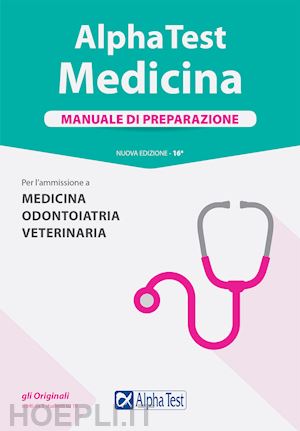

Finally, stimulation of D 1 and D 2 dopaminergic receptors in the kidney and splanchnic vasculature results in renal and mesenteric vasodilation through activation of complex second-messenger systems.įigure 2. Activation of α 1-adrenergic receptors on arterial vascular smooth muscle cells results in smooth muscle contraction and an increase in systemic vascular resistance (SVR Figure 2). β 2-Adrenergic receptor stimulation on vascular smooth muscle cells through a different intracellular mechanism results in increased Ca 2+ uptake by the sarcoplasmic reticulum and vasodilation ( Figure 1). β 1-Adrenergic receptor stimulation results in enhanced myocardial contractility through Ca 2+-mediated facilitation of the actin-myosin complex binding with troponin C and enhanced chronicity through Ca 2+ channel activation ( Figure 1). 2 Catecholamines mediate their cardiovascular actions predominantly through α 1, β 1, β 2, and dopaminergic receptors, the density and proportion of which modulate the physiological responses of inotropes and pressors in individual tissues. Since the initial discovery of epinephrine, the principal active substance from the adrenal gland, 1 the pharmacology and physiology of a large group of endogenous and synthetic catecholamines or “sympathomimetics” have been characterized. Our aim is to review the mechanisms of action of common inotropes and vasopressors and to examine the contemporary evidence for their use in important cardiac conditions. The clinical efficacy of these agents has been investigated largely through examination of their impact on hemodynamic end points, and clinical practice has been driven in part by expert opinion, extrapolation from animal studies, and physician preference. They are generally administered with the assumption that short- to medium-term clinical recovery will be facilitated by enhancement of cardiac output (CO) or vascular tone that has been severely compromised by often life-threatening clinical conditions. In broad terms, these substances have excitatory and inhibitory actions on the heart and vascular smooth muscle, as well as important metabolic, central nervous system, and presynaptic autonomic nervous system effects. Inotropic and vasopressor agents have increasingly become a therapeutic cornerstone for the management of several important cardiovascular syndromes. Customer Service and Ordering Information.Stroke: Vascular and Interventional Neurology.Journal of the American Heart Association (JAHA).Circ: Cardiovascular Quality & Outcomes.

Arteriosclerosis, Thrombosis, and Vascular Biology (ATVB).In conclusion, the ALPHA fitness tests battery is valid, reliable, feasible and safe for the assessment of health-related physical fitness in children and adolescents to be used for health monitoring purposes at population level. The time required to administer this battery to a group of 20 youth by one physical education teacher is less than 2 h. When there are time limits, the authors propose the high-priority ALPHA health-related fitness test battery, which comprises all the evidence-based fitness tests except the measurement of the skinfold thickness. The selected fitness tests were (1) the 20 m shuttle run test to assess cardiorespiratory fitness (2) the handgrip strength and (3) standing broad jump to assess musculoskeletal fitness, and (4) body mass index, (5) skinfold thickness and (5) waist circumference to assess body composition. Finally, the authors performed a study in the school setting to examine the reliability, feasibility and safety of the selected tests. The authors also carried out 11-methodological studies to determine the criterion validity and the reliability of several field-based fitness tests for youth. The authors also performed three systematic reviews dealing with (1) the predictive validity of health-related fitness, (2) the criterion validity of field-based fitness tests and (3) the reliability of field-based fitness tests in youth. The authors reviewed physical fitness and health in youth findings from cross-sectional studies. The present study summarises the work developed by the ALPHA (Assessing Levels of Physical Activity) study and describes the procedures followed to select the tests included in the ALPHA health-related fitness test battery for children and adolescents.


 0 kommentar(er)
0 kommentar(er)
